Rave pioneers: How to sound like Orbital
Rave pioneers Orbital paved the way for many electronic duos that came out of the UK in the 1990s. The Hartnoll brothers brought underground warehouse music to the charts in a similar fashion to acts like The Prodigy, Underworld, Leftfield, and The Chemical Brothers.
For those of us that weren’t around to see this meteoric rise of electronic music in the flesh, our first contact with Orbital’s music was in the cinema. The intro sequence of the 1995 film, Hackers, featured Halcyon (On and On) and the movie went on to become a rather kitsch cyberpunk cult classic. Meanwhile, the song itself went platinum when it was featured in the Mortal Kombat OST.
The core instruments that make up the Orbital sound
Orbital’s sound fuses industrial with pure euphoria in a very definitive way. We often forget how difficult electronic music was to create back in the early 1990s. However, the limitation of working with clunky sequencers and no DAW systems provided the creative foundation that brought us many genre-defining classics of this era.
Roland TR-909
Few instruments epitomize warehouse culture like the 909, with its vivid industrial sound and intuitive programmability. If you’ve ever spent time on one, you’ll know that there are few drum machines as satisfying to use.
You can hear it distinctively throughout the early Orbital 12-inch releases and albums, and even more notably in their breakthrough performance of Chime at Glastonbury ’94.
Although it might be difficult to get your hands on a 909, the Behringer RD-9 is a worthy alternative. It captures the workflow of the original, and also has individual outs which allow you to process the sounds separately.

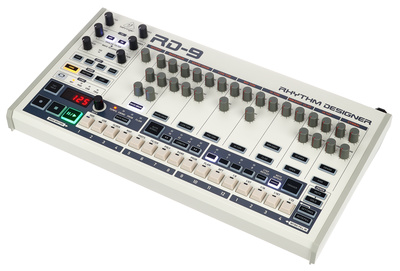
Roland TB-303
Another stalwart of the rave scene, the Roland TB-303 was never intended to be used as an electronic instrument at all. However, once again, the sheer joy of the interface sucked countless artists in and the simplistic use of slides and accents became hallmarks.
The 303’s euphoric sound can be heard clearly on Remind, with many interlocking patterns weaving in and out of each other. The beauty of this instrument is that even one pattern can provide the foundation of a song with the right expression and filter programming.
Many modern 303 clones exist today, but the TT-303 Bass Bot V2 is certainly one of the most authentic both in sound and programming style and it adds a few extra connectivity features.

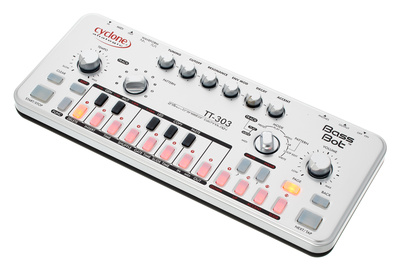
ARP 2600
The ARP 2600 remains the favourite of artists and synth enthusiasts throughout its history. Although it was introduced way back in 1971, the rich sound just doesn’t seem to date and has found its way across more genres than the Minimoog it was designed to beat.
The semi-modular interface instantly brings out the inner synthesist in you, and many of its notable users have described how difficult it is to create a bad sound on the 2600. Orbital first got onto ARP synthesizers back in 1993, and they soon became one of the cornerstones of their sound.
Luckily you can still get a modern version today in the form of the ARP 2600 M. It’s still a considerable investment, but it’s a fraction of the cost of what you will pay for the original which has obviously become a collector’s item.

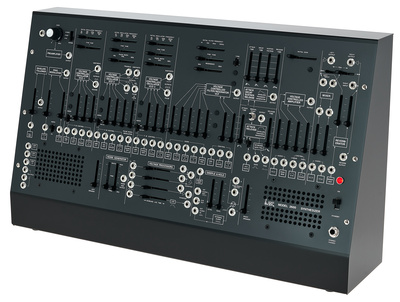
Roland Jupiter 6
It might be the smaller version of the flagship Jupiter 8, but the Jupiter 6 is still very lush sounding and undoubtedly one of the most desirable polysynths ever made.
It’s equipped with 12 oscillators (2 per voice) but this beast is surprisingly easy to work out. The front panel allows you to quickly design sounds in a musically pleasing way, which is why it’s featured on so many of our favourite records.
If you can’t get hold of the vintage version, the Jupiter XM offers a great selection of the classic Roland synths and drum machines in one keyboard, making it worthwhile for the price.

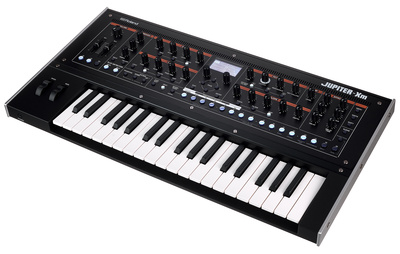
E-mu EIII XS
Sampling has always been a big part of the Orbital sound. From riffs created from different instruments to vocal samples from your favourite (or least favourite) politician, their unique approach to sampling is one of the key aspects that sets Orbital apart from any other electronic act you may have heard.
Of the many sampler keyboards and racks used by Orbital, the EIII XS was particularly innovative at the time it was released. This hefty 3U rack 16-bit multitimbral sampler offers 32 voices with velocity and pressure sensitivity. In addition, features a 16-track sequencer and 3 stereo submix outputs.
This monster sampling workstation might have cost a whopping $6495 back in 1993, but these days you can get a great creative experience from the Elektron Digitakt sampling groovebox.

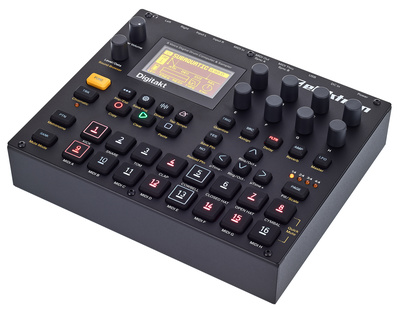
What are your favourite Orbital gear picks? Let us know in the comments below!
More about Orbital:
- Orbital official page
- More sound-alikes
- Upgrading an Emulator II
- Everything vintage
Videos:
You are currently viewing a placeholder content from YouTube. To access the actual content, click the button below. Please note that doing so will share data with third-party providers.
You are currently viewing a placeholder content from YouTube. To access the actual content, click the button below. Please note that doing so will share data with third-party providers.
You are currently viewing a placeholder content from YouTube. To access the actual content, click the button below. Please note that doing so will share data with third-party providers.
You are currently viewing a placeholder content from YouTube. To access the actual content, click the button below. Please note that doing so will share data with third-party providers.
* Note: This article contains promotional links that help us fund our site. Don’t worry: the price for you always stays the same! If you buy something through these links, we will receive a small commission. Thank you for your support!
3 responses to “Rave pioneers: How to sound like Orbital”

 4,0 / 5,0 |
4,0 / 5,0 | 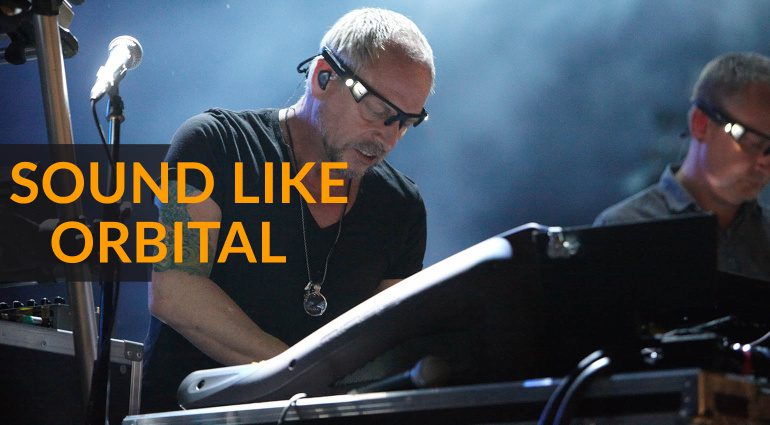

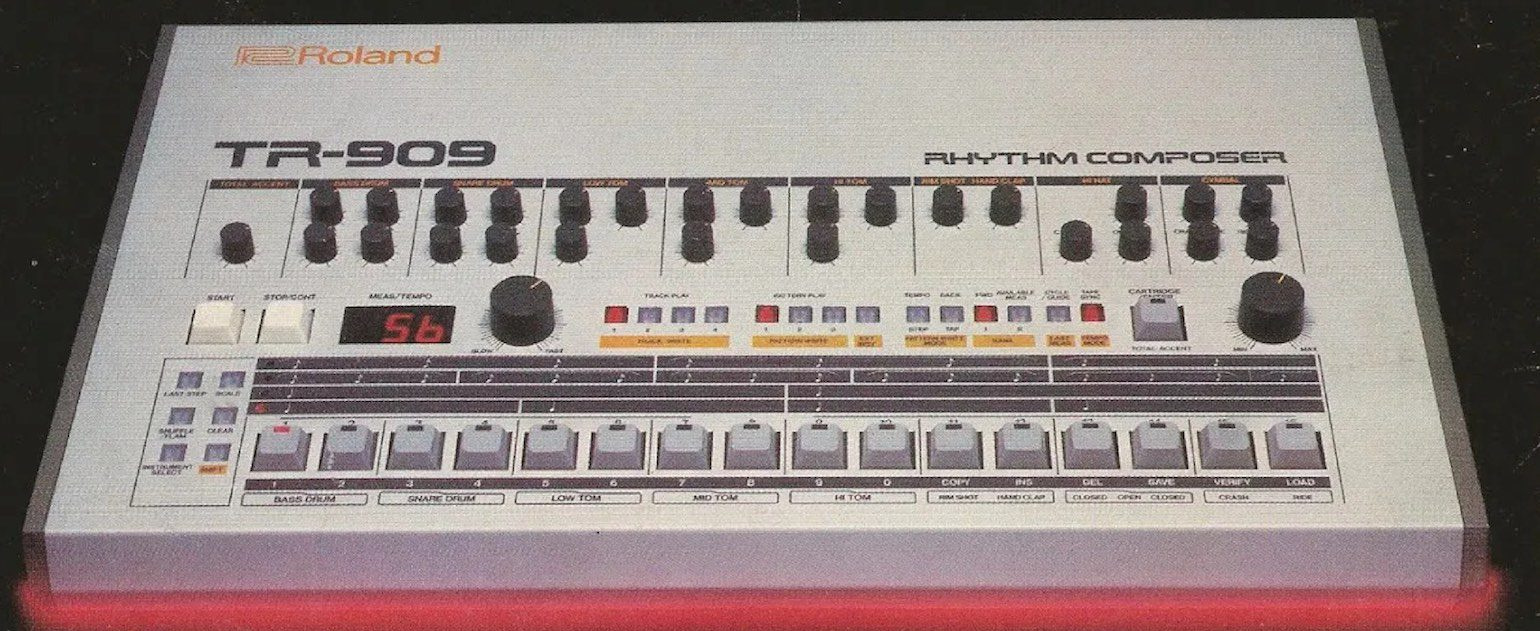

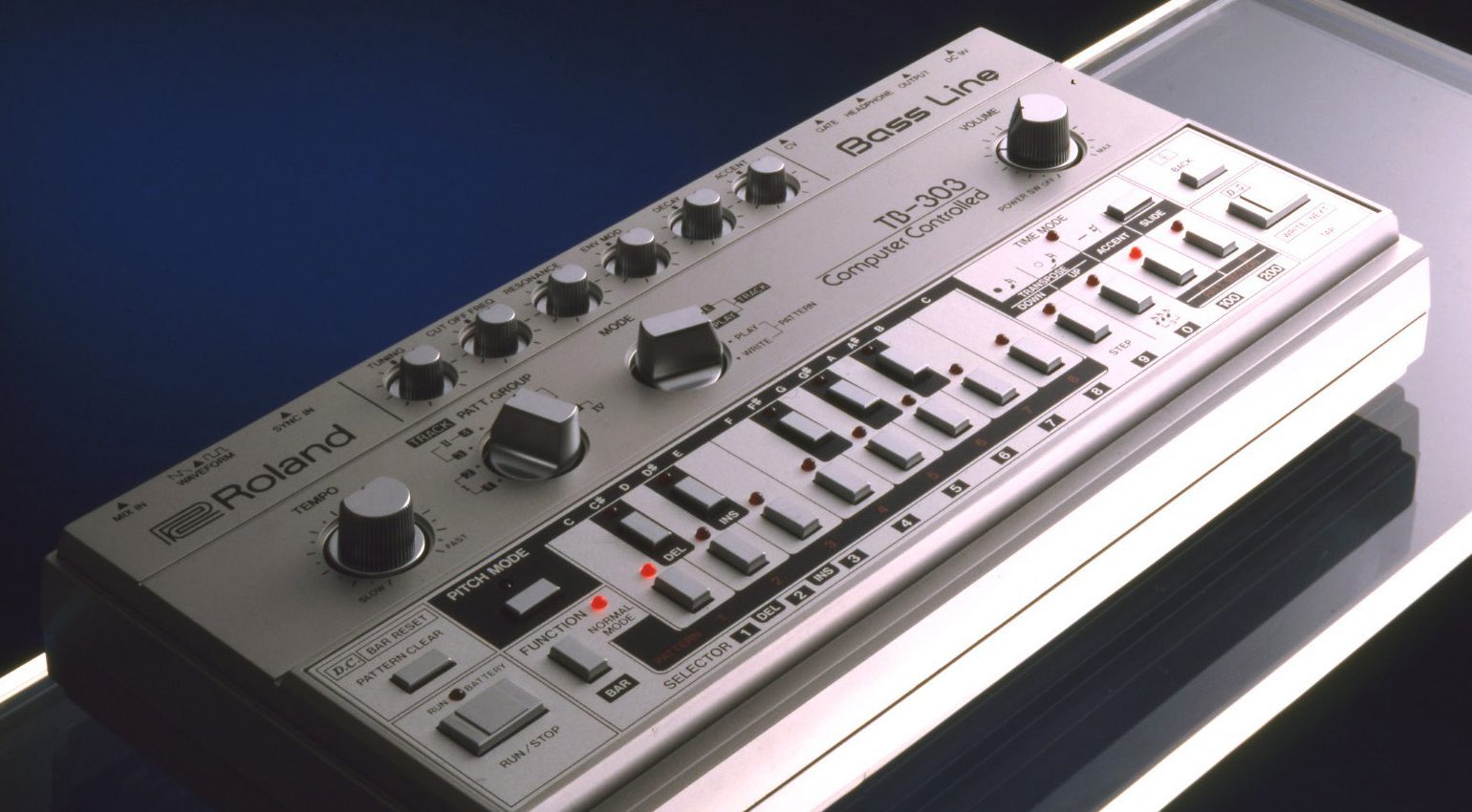
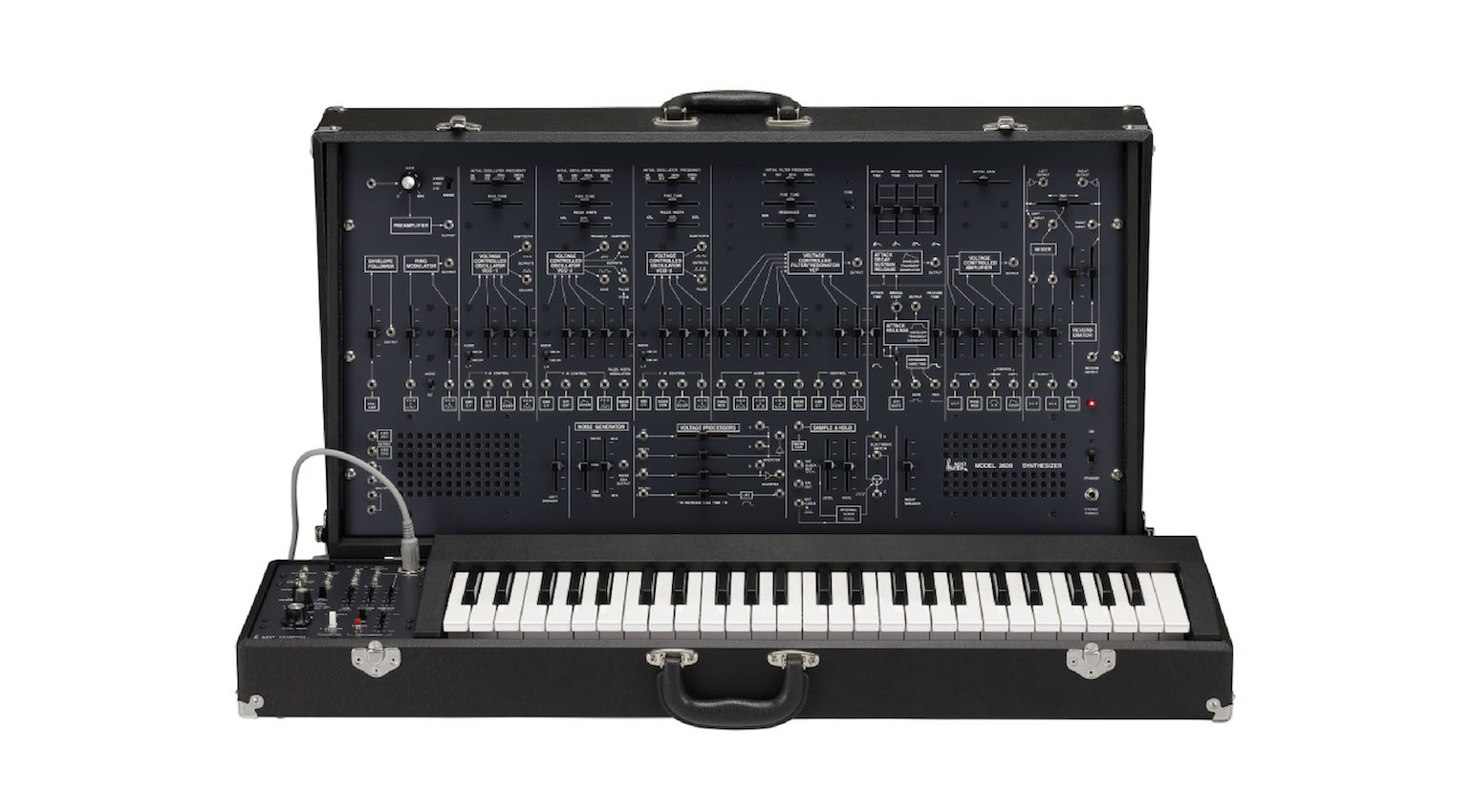
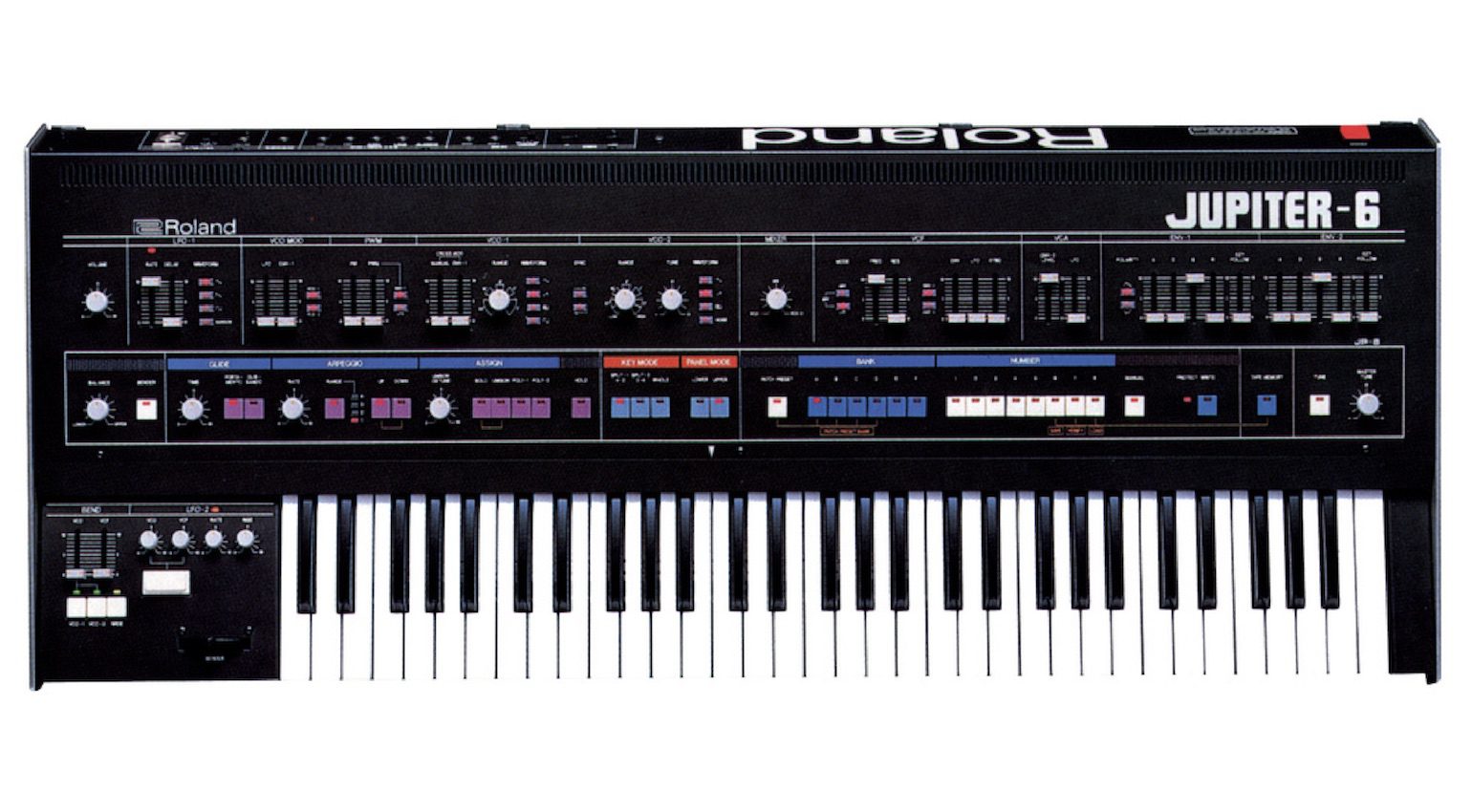
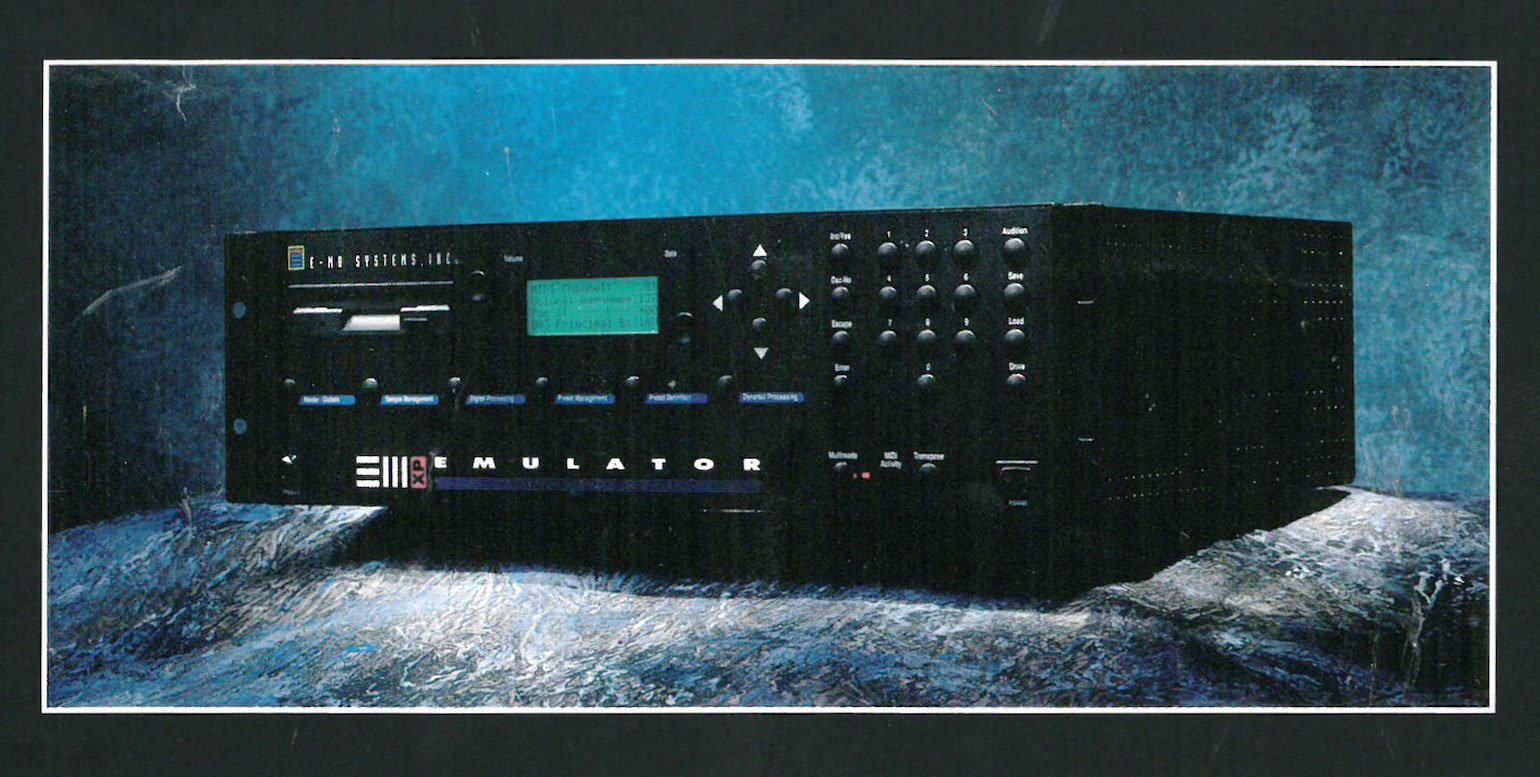
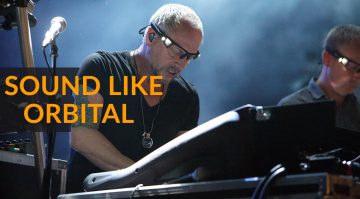

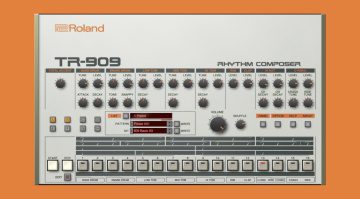
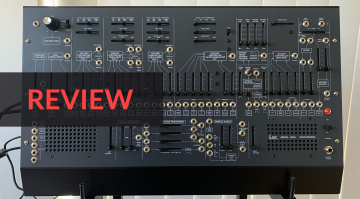
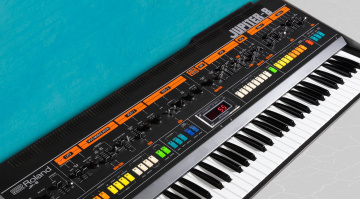


Fairly sure I saw the green glow of Oberheim Xpander displays when I went to see Orbital in 1994.
Alesis HR-16 and SR-16 and Korg Wavestation, turn up a lot. The HR is on Chime and Chime Crime. Wavestation is all over Snivilisation and a lot of Insides. The two Tranquilizer tracks are entirely Wavestation and nothing else.
The Wavestation is also responsible for the intro synth pad in Halcyon (a variation of DebussyOnWheels, I think)